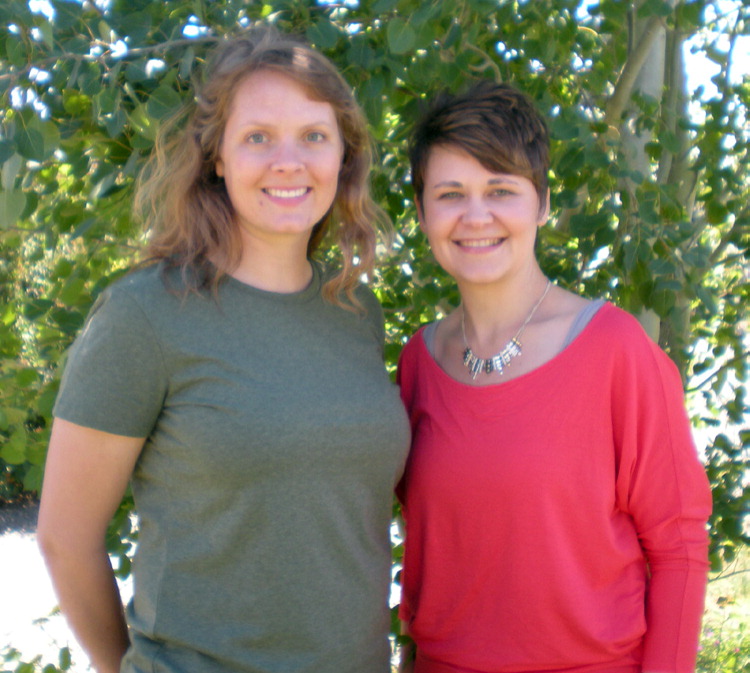
Am Fam Physician. 2017;95(3):185
Earlier this year, my doctor confirmed I was pregnant. I was very happy to tell my husband of eight years the news later that day. Healthy and active and in my mid-30s, I was pleased to have become pregnant for the first time so easily after stopping contraceptives. However, all of our dreams for this long-awaited child were not to be.
My doctor had been a college classmate of mine over a decade ago. We both ended up living and working in the same small town, the sort of place where you know most of the people you pass on the sidewalk. We immediately recognized each other as former classmates at my first office visit.
Before I even knew of this connection, one of the main reasons I selected my doctor was the continuity of care she offers in the form of family medicine, obstetrics and gynecology, and pediatrics. I wanted a doctor who could provide for all my needs, as well as my family's.
In my 16th week of pregnancy, my doctor called me with bad news. I was shocked when she told me that based on my quad screen results, she suspected the fetus had died, even though we had heard the heartbeat just four weeks earlier. I was induced the next day and delivered an approximately 12-week-old fetus and placental tissue, revealing a partial molar pregnancy. Having lost my youngest sister and my father, I thought that I was prepared for the grief cycle after this loss—but the death of my baby has been the toughest by far for me emotionally.
My doctor has continued to be very supportive and proactive since my loss. I value our friendship; it could only be possible in a rural community like ours. I am grateful for both.—h.s.

COMMENTARY
All of us have patients who are our peers, similar to us in age and circumstance. Calling H.S. to tell her about the abnormal quad screen results was one of the hardest things I have ever had to do. I couldn't keep the distress out of my voice as I relayed the bad news. After I delivered H.S.'s fetus and a disproportionately large, grape-like placenta, I couldn't help questioning whether I should have caught the diagnosis of partial molar pregnancy earlier on, although none of the typical symptoms had been present. When H.S. had to return to the hospital for endometritis, dilation and curettage, and transfusion soon after discharge, I also questioned whether it was my fault.
It's when bad things happen that you realize how the trust within the doctor-patient relationship goes both ways. My patient's graciousness and confidence in me as her family physician are humbling. She has finished her nearly year-long monitoring period and can now safely start trying to conceive. Guiding my patient and her husband through the delivery bonded us and cemented our blossoming friendship. I can't wait to see their family grow.
